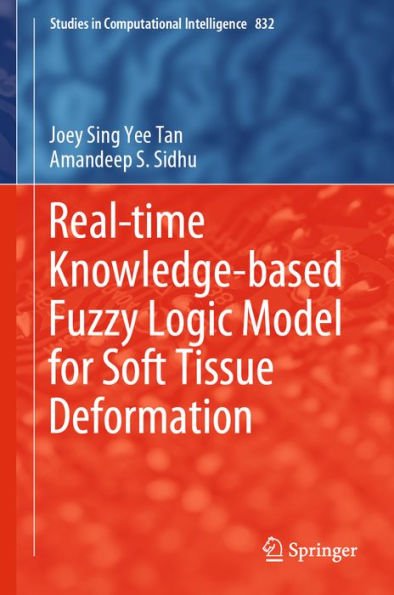This book provides a real-time and knowledge-based fuzzy logic model for soft tissue deformation. The demand for surgical simulation continues to grow, as there is a major bottleneck in surgical simulation designation and every patient is unique. Deformable models, the core of surgical simulation, play a crucial role in surgical simulation designation. Accordingly, this book (1) presents an improved mass spring model to simulate soft tissue deformation for surgery simulation; (2) ensures the accuracy of simulation by redesigning the underlying Mass Spring Model (MSM) for liver deformation, using three different fuzzy knowledge-based approaches to determine the parameters of the MSM; (3) demonstrates how data in Central Processing Unit (CPU) memory can be structured to allow coalescing according to a set of Graphical Processing Unit (GPU)-dependent alignment rules; and (4) implements heterogeneous parallel programming for the distribution of grid threats for Computer Unified Device Architecture (CUDA)-based GPU computing.
1133106911
Real-time Knowledge-based Fuzzy Logic Model for Soft Tissue Deformation
This book provides a real-time and knowledge-based fuzzy logic model for soft tissue deformation. The demand for surgical simulation continues to grow, as there is a major bottleneck in surgical simulation designation and every patient is unique. Deformable models, the core of surgical simulation, play a crucial role in surgical simulation designation. Accordingly, this book (1) presents an improved mass spring model to simulate soft tissue deformation for surgery simulation; (2) ensures the accuracy of simulation by redesigning the underlying Mass Spring Model (MSM) for liver deformation, using three different fuzzy knowledge-based approaches to determine the parameters of the MSM; (3) demonstrates how data in Central Processing Unit (CPU) memory can be structured to allow coalescing according to a set of Graphical Processing Unit (GPU)-dependent alignment rules; and (4) implements heterogeneous parallel programming for the distribution of grid threats for Computer Unified Device Architecture (CUDA)-based GPU computing.
99.0
In Stock
5
1

Real-time Knowledge-based Fuzzy Logic Model for Soft Tissue Deformation

Real-time Knowledge-based Fuzzy Logic Model for Soft Tissue Deformation
eBook (1st ed. 2019)
$99.00
Related collections and offers
99.0
In Stock

Product Details
| ISBN-13: | 9783030155858 |
|---|---|
| Publisher: | Springer-Verlag New York, LLC |
| Publication date: | 04/06/2019 |
| Series: | Studies in Computational Intelligence , #832 |
| Sold by: | Barnes & Noble |
| Format: | eBook |
| File size: | 13 MB |
| Note: | This product may take a few minutes to download. |
From the B&N Reads Blog
